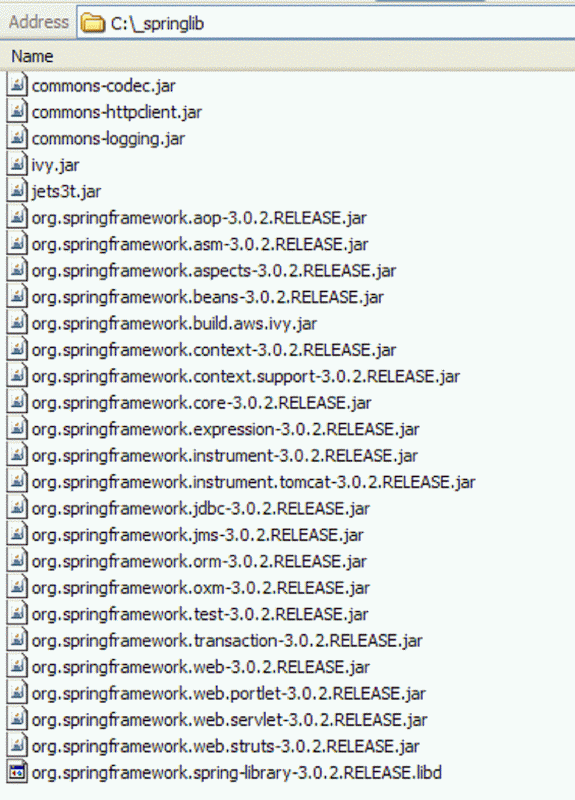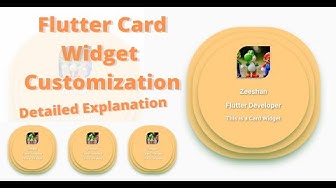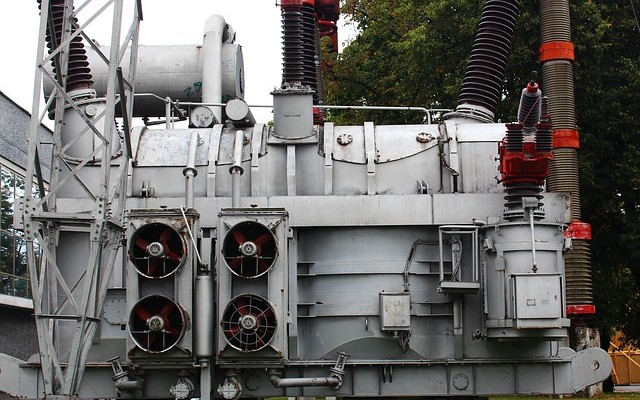Roads & PavementRoads & Pavement
Barefoot
Minimal
Low
Medium
High
Maximal
All around running shoes offer comfort and cushioning for daily runs, jogs, walks, and long mileage. They offer enough versatility for both faster and slower runs and are a great option for those who want one running shoe to do it all.
Fast run or uptempo running shoes are lightweight and responsive. They offer streamlined designs that have minimal uppers and offer a high level of energy return. These shoes are a great option for faster runs in the week or those looking for a livelier experience.
Max Cushion shoes offer premium cushioning with ample ground protection and a stable ride. These types of shoes provide abundant impact protection that softens landings while running at any pace or distance. These types of shoes are best for slower recovery runs and easy days where comfort takes priority.
Racing shoes are designed with optimal performance in mind. These types of shoes have snug-fitting uppers, energetic midsole foams, and features implemented for maximum efficiency. These types of shoes are best for runners looking to gain the ultimate advantage in races but may sacrifice some durability and comfort.
Gym Workout shoes offer a stable and versatile ride. They have a firmer underfoot feeling that provides stability for lateral movements with comfortable uppers. These types of shoes are best for trips to the gyms, cross training, casual wear, and light running. Solved Illegal reflective access by org.springframework.cglib
Road running shoes feature smooth outsoles that are designed for running on paved surfaces such as roads, sidewalks, and bike paths.
Designed to handle most trail runs, these shoes prioritize comfort and a smooth ride. These shoes are great for anything from smooth singletrack, park trails, and fireroads making them ideal for those who run from their doorstep on streets before hitting the trail.
These shoes are best used for hard, rugged trails such as shale, granite or sandstone where grip on smooth surfaces and underfoot protection are important.
Designed for use in muddy, soggy conditions, these shoes feature very aggressive outsoles that dig deep into soft ground for exceptional traction.
These shoes feature technical outsoles designed to grip snowy and icy trails making them ideal for winter trail running.
Cushioning level, or stack height, refers to how much shoe is between your foot and the ground. For this category, we reference the amount of cushioning below the forefoot as the heel height will be equal to or greater than the forefoot height.
Spring AOP Example Tutorial Aspect Advice Pointcut JoinPoint
0-13mm. The Shoe generally does not have a midsole and feels like there is no cushioning. This shoe is all about feeling the ground underfoot.
14-18mm. The shoe has a thin midsole that allows for a natural running experience. Racing shoes and minimalist shoes are common here. These shoes offer a feeling of being connected to the road or trail.
19-23mm. The shoe has a slightly cushioned feel and may feature added cushioning technologies. Performance training shoes and some trail shoes are common here. These offer protection during footstrike but prioritize a lightweight, grounded experience.
24-28mm. These shoes have a stack height that fall near the middle of the spectrum.The shoes in this category are verstaile and great for all types of runs and distances.
29-34mm. The shoe has a thick midsole and ample cushioning. These shoes are highly protective and absorb more impact than the body.
35mm plus. The shoe has an extremely thick midsole and extra cushioning. The focus is on protection and soft foam underfoot with hardly any ground feel.
Neutral shoes support the foot through a normal range of arch collapse and generally do not have a built-in technology to correct movement.
Stability shoes are a great option for those who overpronate or need added support. These shoes help to limit the inward rolling motion of the ankle while running or walking and assist in guiding the foot straight through the gait cycle. Understanding Configuration and Proxy in the Spring Framework A Beginner s Guide CGLIB JDK Libs
Product Details:
Introduction to Spring AOP Proxy Dinesh on Java hotsell, Dynamic Class Enhancement with CGLib DZone hotsell, Understanding Configuration and Proxy in the Spring Framework A Beginner s Guide CGLIB JDK Libs hotsell, Spring AOP Example Tutorial Aspect Advice Pointcut JoinPoint hotsell, Solved Illegal reflective access by org.springframework.cglib hotsell, Spring 3 Tutorial Setting Up Configuring The Environment hotsell, Java Consider notifying com.google.inject.internal.cglib re hotsell, cglib private hotsell, Confluence Mobile Apache Software Foundation hotsell, Introduction to cglib Baeldung hotsell, Beginner s guide to proxy design pattern in Spring by Pratiyush hotsell, cglib private hotsell, Viewing Evidence hotsell, HauChee s Programming Notes September 2015 hotsell, Living in the Matrix with Bytecode Manipulation hotsell, Spring AOP Tutorial briansdevblog hotsell, Spring 3 Tutorial Setting Up Configuring The Environment hotsell, Implementing dynamic proxies a comparison Martin s Developer World hotsell, Spring AOP Tutorial for Beginners Step by Step with Example hotsell, AOP in Spring Boot is it a JDK dynamic proxy or a Cglib dynamic hotsell, Maven Dependency cglib full 2.0 hotsell, Spring JavaConfig example hotsell, java Problems about Cglib proxy MethodInterceptor callback hotsell, Spring 3.0 tutorial AOP and ApsectJ hotsell, JDK Dynamic Proxy CGLib 2 hotsell, Maven Dependency cglib 2.1 3 hotsell, M03 Q15 What happens if one Transactional annotated method is hotsell, Proxying Mechanisms Spring Framework hotsell, Proxy In Spring. Use of proxy pattern in the framework by hotsell, Tutorial of migrating cglib to Byte Buddy Issue 727 raphw hotsell, CGLIB Java Can Do IT hotsell, HauChee s Programming Notes September 2015 hotsell, Proxying Mechanisms Spring Framework hotsell, Spring Registering beans within Component classes hotsell, Java JDK Proxy and CGLib Dynamic Proxy Spring Cloud hotsell, Instituto Superior T cnico Cglib Tutorial hotsell, Aspect Oriented Programming in Spring Boot Part 2 Spring JDK hotsell, Spring CGLIB Finally Understandable Spring Core Masterclass hotsell, java What is the difference between JDK dynamic proxy and CGLib hotsell, Instituto Superior T cnico Cglib Tutorial hotsell, GitHub indrabasak cglib examples Java Proxy and cglib Examples hotsell, Beginner s guide to proxy design pattern in Spring by Pratiyush hotsell, java What is the difference between JDK dynamic proxy and CGLib hotsell, Why Doesn t My Spring Transactional Annotation Work The hotsell, SPRING CGLIB PROXY AND JDK PROXY DIFFERENCES hotsell, Aspect Oriented Programming in Spring Boot Part 2 Spring JDK hotsell, Java Dynamic proxy mechanism and how Spring is using it by Spac hotsell, cglib Framework Repositories 1.0 documentation hotsell, Create Proxies Dynamically Using CGLIB Library Object Computing hotsell, Create Proxies Dynamically Using CGLIB Library Object Computing hotsell, Product Info:
Cglib tutorial hotsell.
- Increased inherent stability
- Smooth transitions
- All day comfort
Model Number: SKU#6911794





